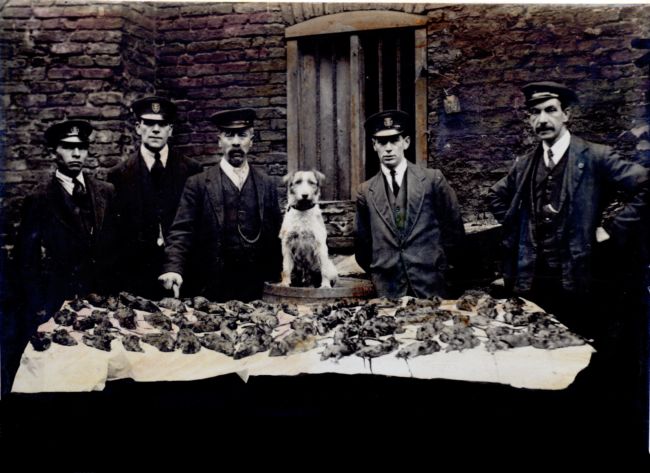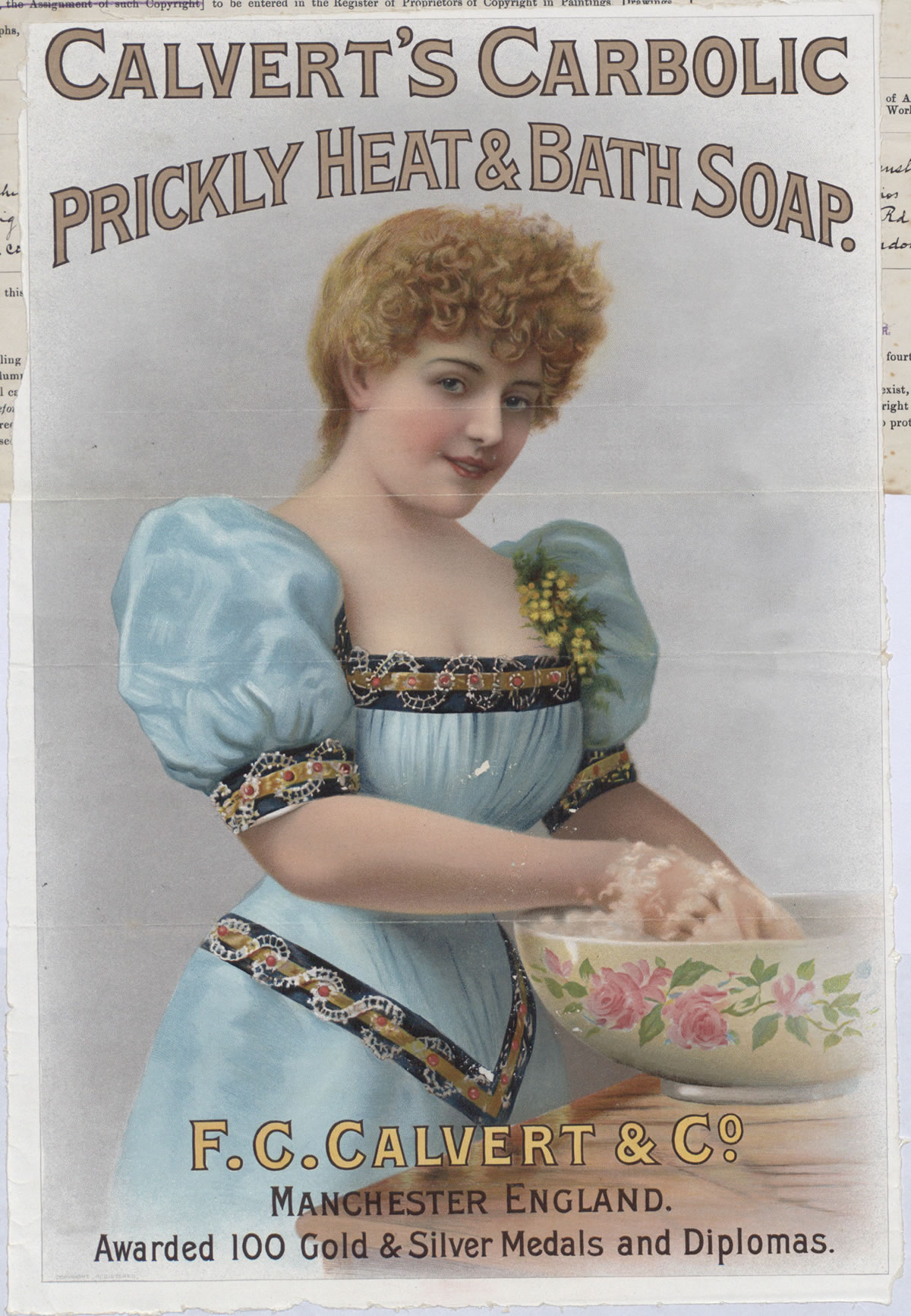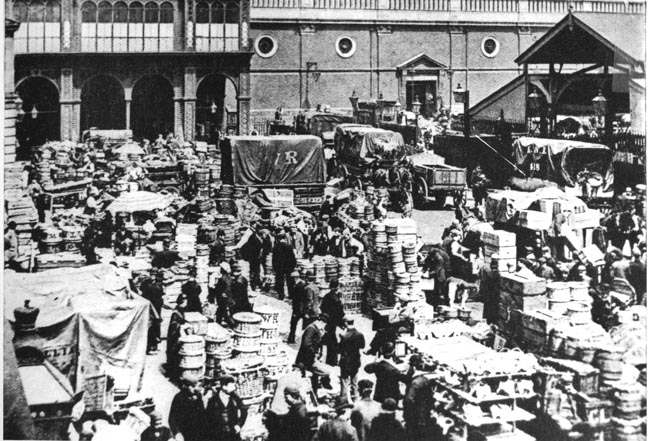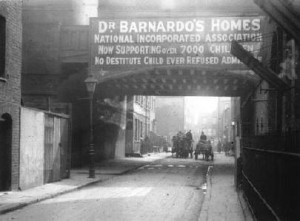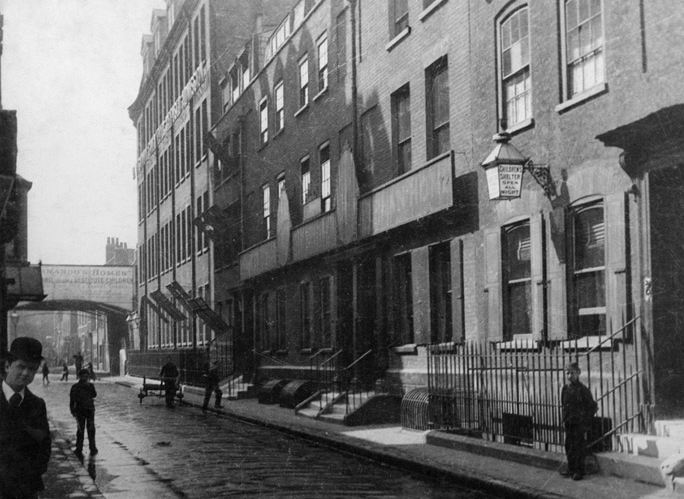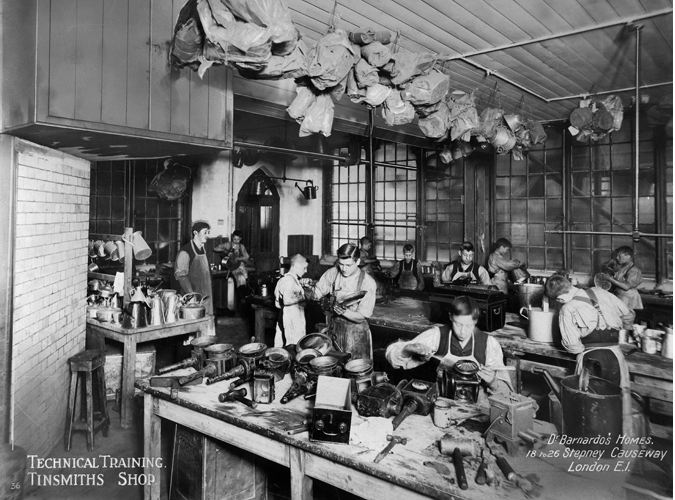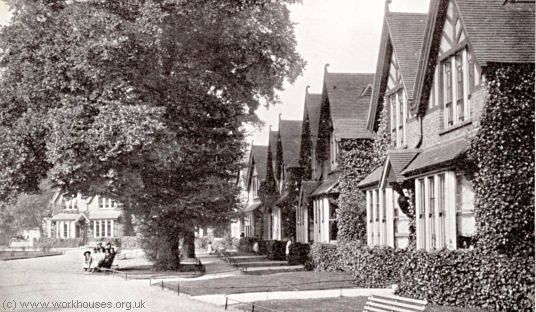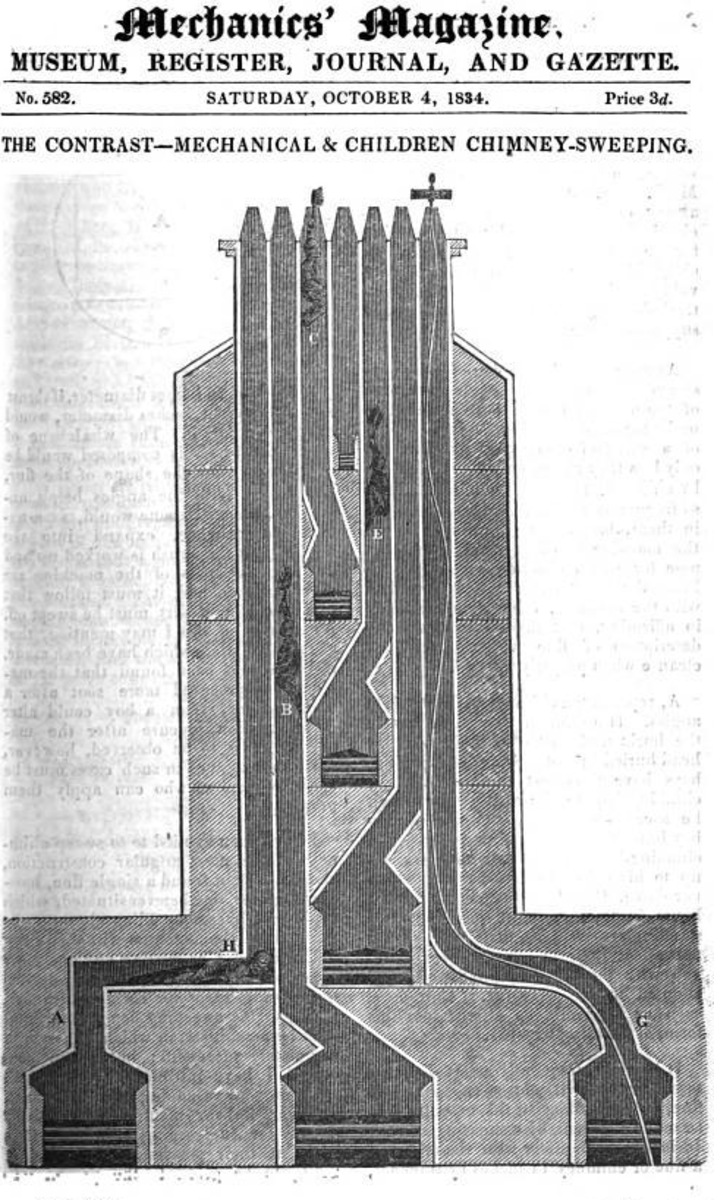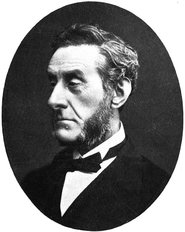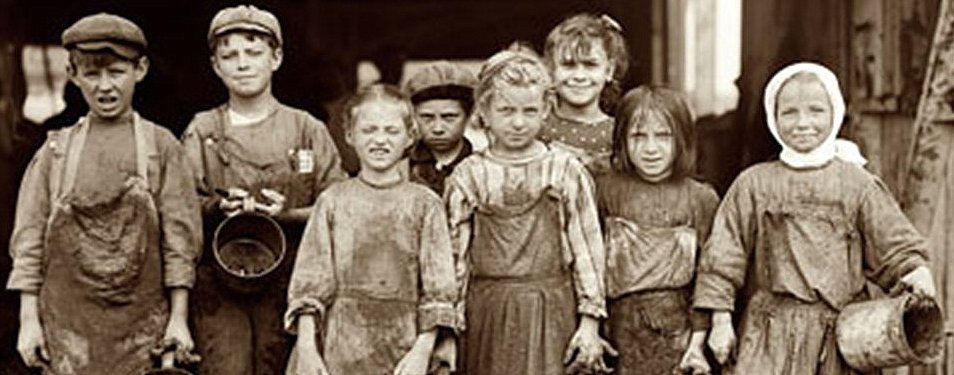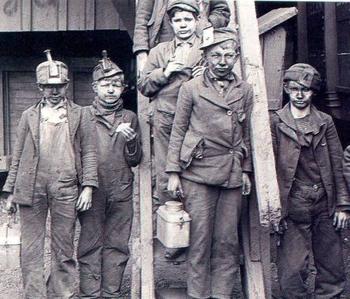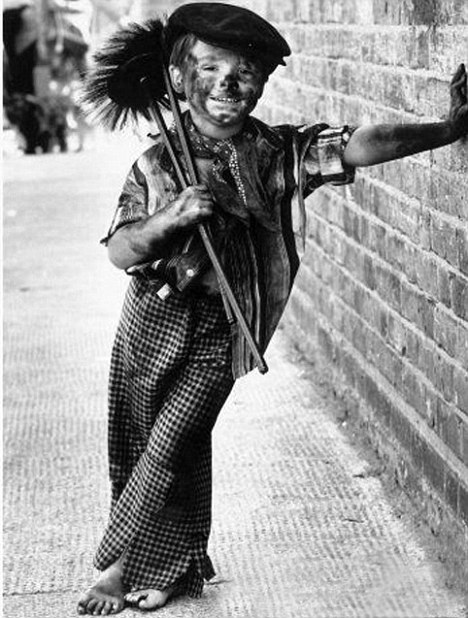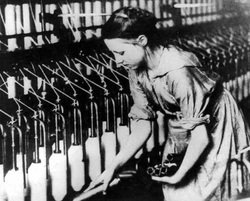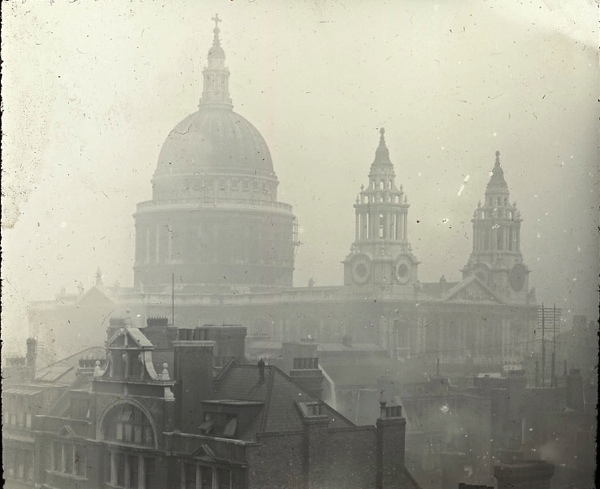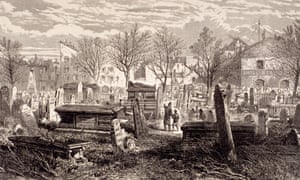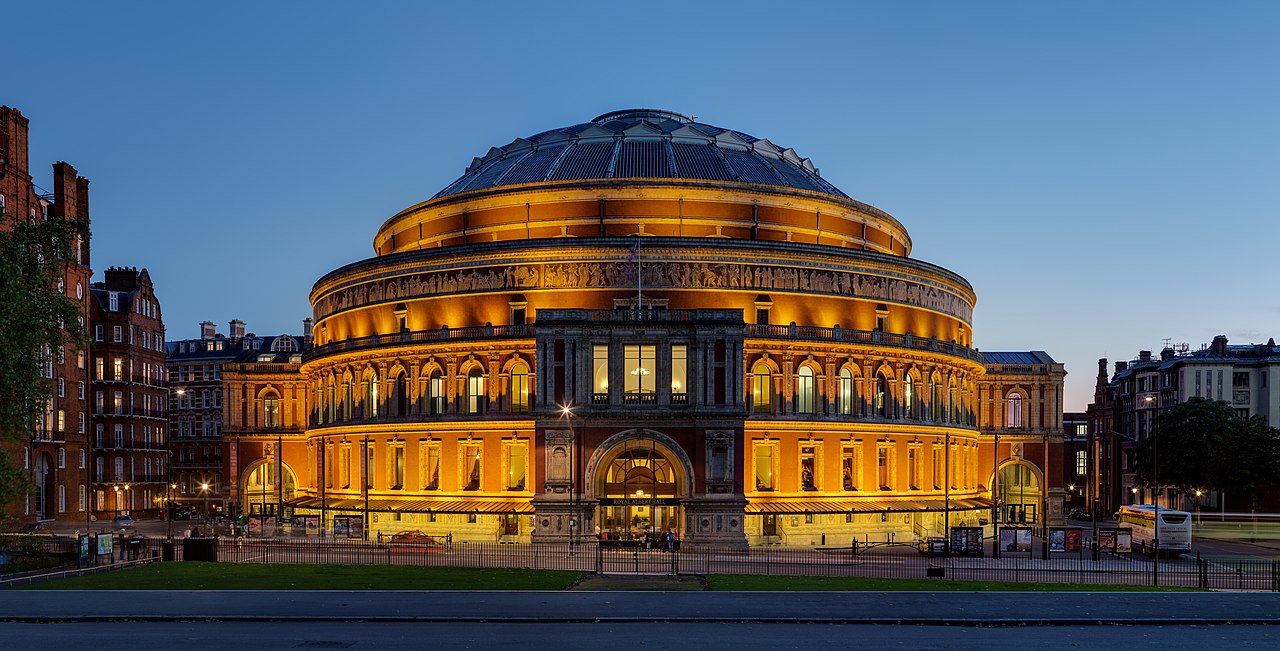Here are some Victorian clothing terms. See if you can get the right answer to each question.
1. An aiguillette is:
a. a braided cord, often with metal ends, used as part of a military uniform since the 1700's
b. a group of people inhabiting the Pyrenees of France and Spain
c. a tight fitting corset like underbodice of heavy material worn in the 16th Century
2. Berthas were:
a. an undergarment like a bib shaped to cover the breasts
b. bell sleeves, narrow at the armhole and wide at the elbows
c. a decorative piece added to a low necked bodice covering and wrapping the bosom and shoulders
3. Bretelles were:
a. any type of riding pants, often worn with braces or belt
b. a pair of ornamental suspender like shoulder straps which first came into use in 1850
c. quilted pads or pillows worn with a waist strap
4. A bustle was:
a. quilted pads or pillows worn with a waist strap
b. tight fitting collarless knit wool shirts
c. suits of light half armour
5. Nonchalantes were:
a. the first smoking jackets worn at home in the billiard or smoking room
b. the first tailored coats made to fit neatly over an outfit
c. the first elasticized corsets marketed around 1850 as travelling corsets
6. Cravats were:
a. strips of cloth gathered around the edge of a garment as trimming
b. long strips of cloth (silk, cotton, linen) wrapped around the neck
c. tight fitting dress shirts
7. A fishu was:
a. a gauzy frilly type of large collar or small shawl from the 18th Century
b. a long loose robe later used as a military tunic
c. any form of ornamental shoulder piece
8. Jackboots were:
a. calvary boots reinforced with metal sewn between the leather and linings to protect officers from sabre cuts and bayonet thrusts
b. knee high leather boots for riding and fox hunts in the 19th Century
c. upper mid calf leather boots with galloon trim and tassle decorations used during Napoleonic Wars
9. A jumper was:
a. a loose, originally sleeveless, cloak or cape
b. loose fitting short trousers gathered at the knee
c. a rough cotton smock worn by labourers, maids & sailors evolving from the French word "jupe"
10. Epaulettes were:
a. an ornamental shoulder piece with tassles
b. field boots worn by agricultural labourers
c. lace undersleeves
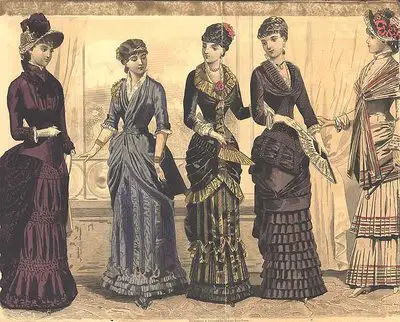
\\
ANSWERS:
1. a
2. c
3. b
4. a
5. c
6. b
7. a
8. a
9. c
10. a


 \\
\\
